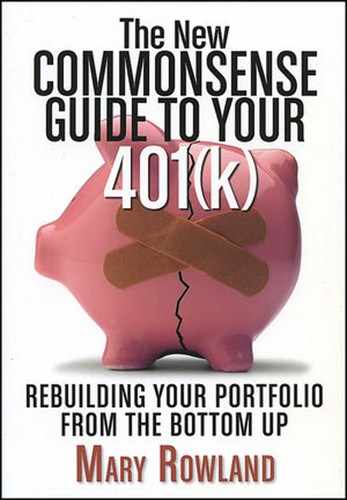ONE OF THE PROBLEMS with 403(b) plans is the overwhelming percent of plan assets that are in high-fee, insurance-based products. In 2006, nearly 80 percent of the $652 billion dollars invested in 403(b) plans was held in annuity products, a high-fee choice that is not particularly suitable for retirement plans. Indeed, today it is widely accepted among financial professionals that putting an annuity inside a retirement account is a bad idea. That's because an annuity provides one layer of tax deferral, at a cost, and a retirement account provides another. Yet the basic 403(b) plan does exactly that.
In 1974, Congress added paragraph 7 to section 403(b), permitting employees to set up their retirement plans with mutual fund companies instead of insurance companies. Either company's products might include mutual funds as an investment option but the insurance company product wraps an annuity around the mutual funds at an additional cost, according to Mercer's Ethan E. Kra. Mutual funds come in two varieties—those with commissions and those without commissions. But all annuities have some kind of load or commission. "The load may be buried inside the annuity interest rate," Kra says. "But it's there."
The good news here is that a sweeping reform of 403(b) plans to address these abuses became effective on January 1, 2009. The Treasury Department and the Internal Revenue Service (IRS) released final regulations in 2008 designed to diminish or eliminate differences between the 403(b) plan and the 401(k) plan. These regulations are the first comprehensive set of new regulations to section 403(b) since 1964.
The new regulations require that all plans create a plan document spelling out the rules of the plan and that they give employees access to this document. The employer must regularly notify all eligible employees of their ability to participate in the plan. Employees must be allowed to transfer plan assets to a different vendor either inside or outside of the plan as well as to roll over the money to an IRA.
The new regulations could do much to guide 403(b) plan sponsors to operate in the interest of plan participants to provide them with retirement plan benefits with transparent and reasonable costs. One critic, W. Scott Simon, who wrote a model plan for 403(b) plans that was published in the November 2007 issue of Morningstar Advisor, suggests that 403(b) plans should simply get rid of annuities, the insurance company investment options that run to 200 to 500 basis points in expenses.
Simon also suggests that when a plan does offer mutual funds as an investment option for 403(b) plans, the school officials should include no more than ten to twelve individual funds, each low cost, broadly diversified, and significantly different from the other funds. "An exhausting array of studies has shown that the more choices (of anything) people are given, the less confident they are in their selections—if they even make them," Simon writes.
This is only the beginning of a big change for 403(b) plans. A good place to keep up on these reforms and all other issues affecting 403(b) plans is www.403bwise.com.
I find it very positive that more attention is being focused on retirement plans other than the 401(k), which is the glamour girl of retirement plans, thanks to all the plan sponsors who offer it. But, going forward, we all need to focus on what's best in our retirement plan and how to capitalize on it, as well as what's not so good and how to make the best of it.
